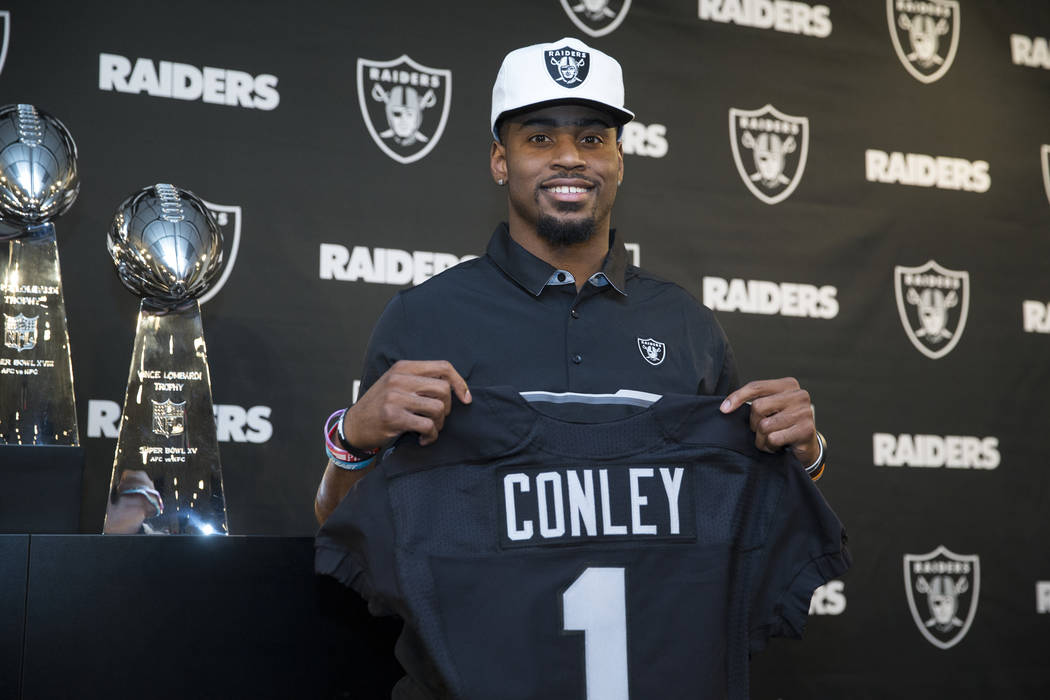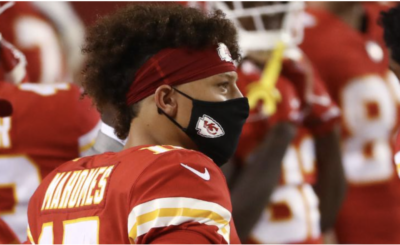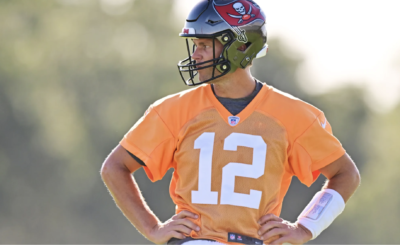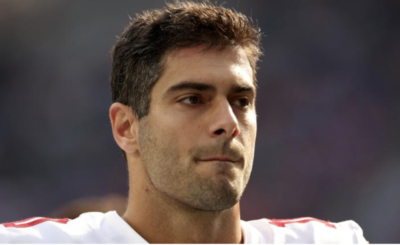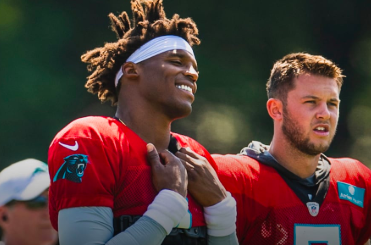The impact of damaging accusations on a player’s NFL draft prospects and endorsement opportunities, Oakland Raiders cornerback Gareon Conley is countersuing a woman who accuses him of sexual assault. Conley, whom the Raiders drafted with the No. 24 pick in the first round of the 2017 NFL draft, contends that reputation-damaging accusations caused him to fall in the draft and lose lucrative endorsement deals. The litigation is being heard before Judge Joseph Russo of the Cuyahoga County (Ohio) Common Pleas Court.
During the early morning of Sunday, April 9, 2017, two Cleveland Division of Police officers received a radio assignment to investigate a possible sexual assault at the Westin Cleveland Downtown hotel. Upon arriving, the officers were met by Brooke Puscian, a 23-year-old resident of Ohio. Puscian told them that a man had just raped her in hotel room 1621. She described the appearance of the alleged rapist, including his race, physique and approximate age. Puscian also mentioned that the man “wouldn’t take his sunglasses off” and that he had an Ohio State tattoo on his left forearm.
Hours earlier, Puscian and her friends were dining at the Barley House, a popular restaurant and bar in downtown Cleveland. Conley was also at the Barley House. He and Puscian had never before met.
From that point on, the facts about the evening are in dispute.
One discrepancy is whether Conley and Puscian first spoke with one another at the Barley House or at the Westin hotel; if they first spoke in the hotel, it’s not certain where in the hotel that conversation occurred. Doubts about the location of a first interaction might not sound like a critical point, but it can prove important in a case where the believability and recollection of both the accuser and the accused are so crucial.
To that end, neither Puscian’s police statement nor her complaint (as authored by attorneys Patrick Thomas and Joseph Ritzler) indicates that she and Conley spoke at the restaurant. In contrast, Conley’s attorneys—John Camillus and Kevin Spellacy—insist that their client and Puscian conversed at the Barley House. They add that Puscian “learned about who Conley was, including that he was a star football player at Ohio State and was soon to be drafted into the NFL.”
At about 2:45 a.m., Puscian and her friends exited the Barley House and walked toward the Westin. The hotel is located about a half-mile away from the restaurant. She says she intended to visit a friend who was staying at the hotel. Conley’s account notes that he joined Puscian for this walk to the hotel, where Conley “intended to stay the night.”
The accounts continue to differ in regard to what took place at the Westin. According to the police officers’ narrative, Puscian recalled meeting Conley while riding in the hotel elevator. In her complaint, Puscian describes Conley approaching her while she was in the hotel lobby. Conley’s attorneys dispute these depictions. They insist that Puscian told “untruths” about where they first conversed. As noted above, Conley’s attorneys contend the first meeting took place at the Barley House and that is where Puscian allegedly learned about Conley’s impending entry into the NFL.
Puscian stresses that Conley “requested” that she and her friends accompany him to his hotel room for the “purpose of obtaining beverages to bring to [Puscian’s] male friend’s room.” There appears to be agreement that Puscian went to Conley’s room while her friends did not.
Upon entering Conley’s hotel room, Puscian says she noticed a man (identified only as “John Doe”) and a woman. As Puscian recalls the encounter, the man and woman then entered the bathroom, closed the door and soon thereafter caused a “commotion” while in the bathroom. Meanwhile, Puscian sat on a bed. Conley allegedly then asked Puscian if she “wanted to have a foursome” with him, the man and the woman. Puscian declined but told Conley that she would be interested in watching the man and woman in the bathroom have sex (Puscian says she made this comment to avoid having sex with Conley).
Puscian maintains that she then got up from the bed and walked toward the bathroom. While doing so, Puscian says Conley grabbed her, spun her around, unbuttoned her pants and pulled her pants down. Puscian asserts that Conley then forcibly had sex with her. At no time, according to Puscian, did she ever express or imply consent to have sex. In fact, she recalls screaming, “No stop, it hurts!” After the sexual act, Conley allegedly directed Puscian to leave his room.
As depicted in legal filings authored by Conley’s attorneys, Conley’s depiction of the hotel room encounter differs widely from that of Puscian. Conley recalls Puscian asking him if he would join her in watching the couple in the bathroom have sex, and that Conley refused this request. Conley adds that Puscian was “undeterred” and “proceeded to open the bathroom door and tell Conley’s friend and his female acquaintance that she wanted to watch them have sex.” Soon thereafter, Conley claims, “Puscian pulled down her own pants and bent over in front of Conley, inviting him to have vaginal intercourse with her.” Conley says he “refused vaginal intercourse” with Puscian.
Conley’s complaint further claims that Puscian “appeared embarrassed” about Conley declining to have sex with her. The complaint also contends that Puscian felt additional humiliation when Conley asked her to leave the room. In addition, the complaint asserts that after the woman in the bathroom left Conley’s hotel room, Puscian conversed with her on the hotel floor and they rode the same elevator down to the lobby. While in the lobby, Puscian—again, as depicted by Conley—encouraged the other woman to make a false rape claim against Conley.
After meeting with officers in the lobby, Puscian was admitted to a local hospital and completed a rape kit exam there. She submitted other evidence, including clothing.
When the officers entered room 1621, they found two men sleeping there. The two men told officers that Conley “was with the white girl,” and that she and Conley were at some point on the same bed. However, they stressed that Conley “never touched her” and that “the white girl got bad because she got kicked out of the room.” Conley was not in the room when the officers arrived. The officers found no relevant evidence in the room, which they described as appearing normal.

